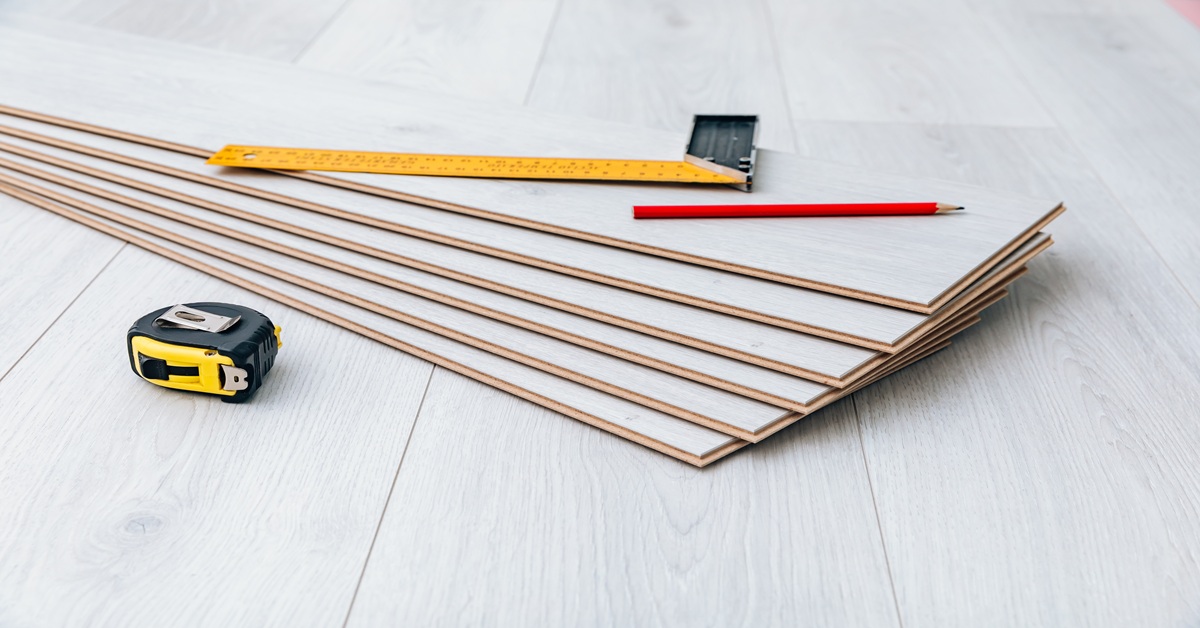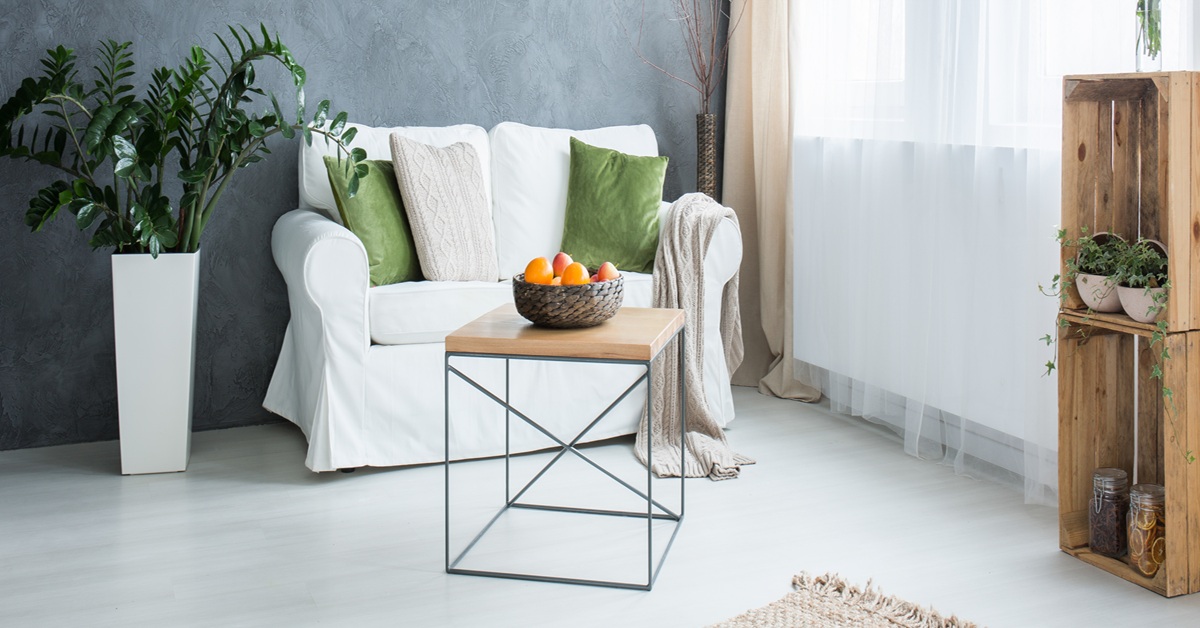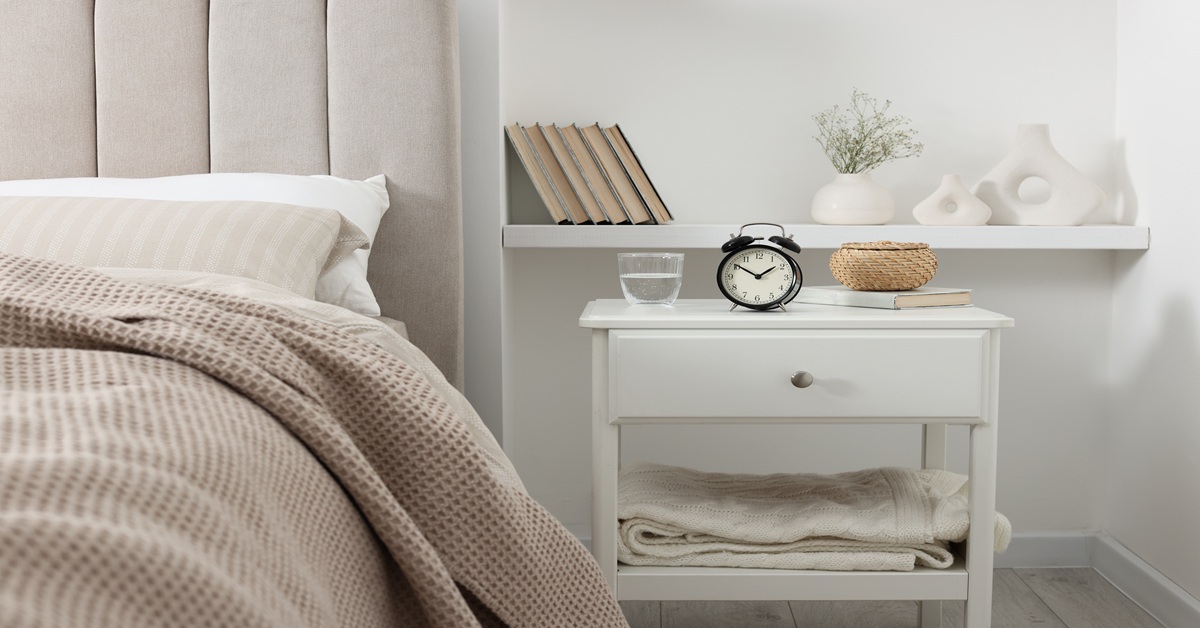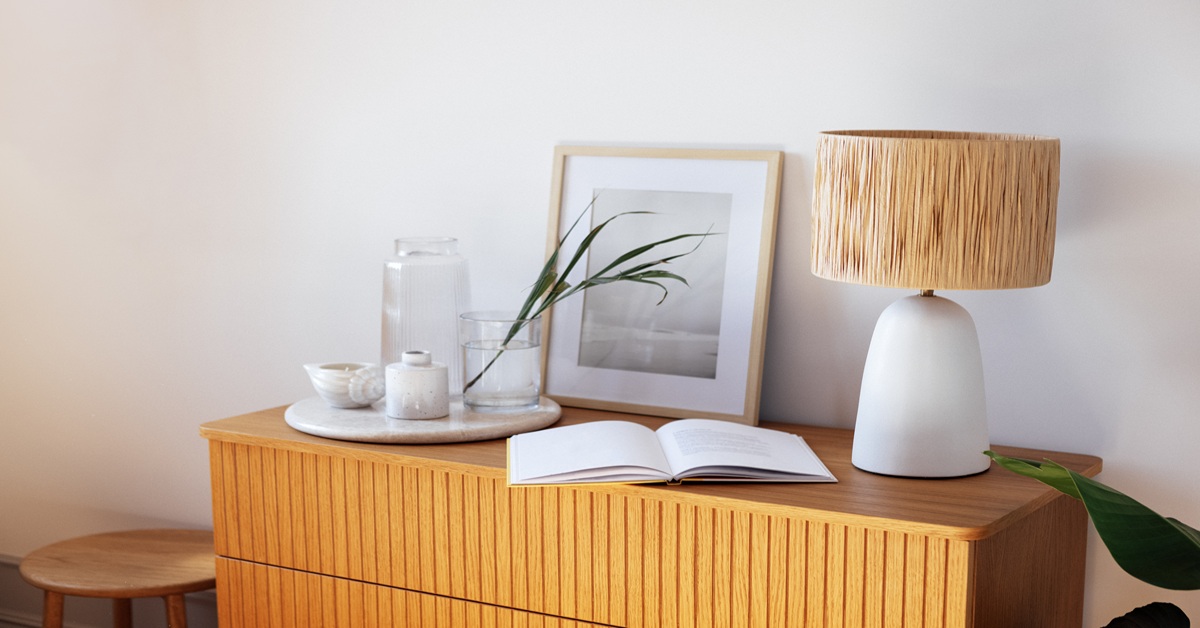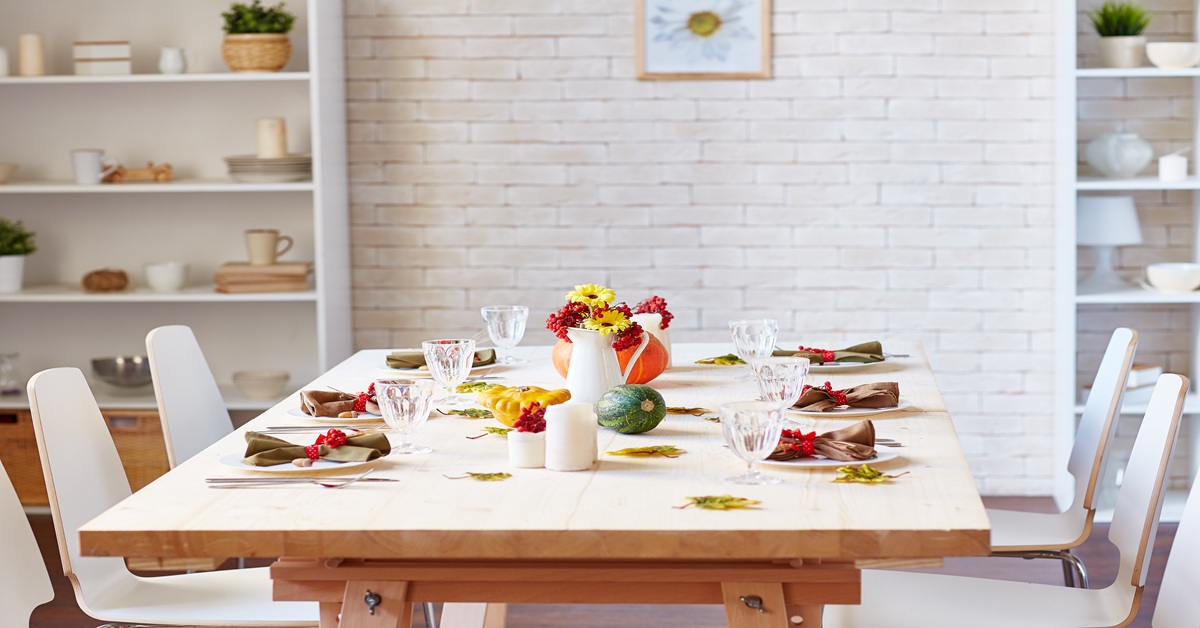Introduction
Designing any building, restoration, or woodworking project depends totally on accurate awareness of the standard measurements of your resources. Effective material ordering, waste minimisation and guarantee of your design parameters being satisfied for a flexible and often used building material like plywood depend on knowing the standard plywood size in feet. Though many nations have metric systems, the imperial system, especially in relation to plywood size in feet, remains the standard, even if metric units are widespread elsewhere. This complete guide will clarify the typical plywood size in feet you will meet, look at common thickness variations and their uses, research options for bespoke sizes, and provide an intelligent analysis of handling and storage of these large sheets appropriately.
Table of Contents
Standard Plywood Size in Feet: A Complete Guide
Common Thickness Options and Their Applications
Custom Sizes and Trimming for Project Needs
Size Considerations for Residential vs. Commercial Use
How to Transport and Store Large Plywood Sheets Safely
Standard Plywood Size in Feet: A Complete Guide
Standard 4 feet by 8 feet (4′ × 8′) sheets are the most typically observed plywood size. This measurement has become an industry benchmark due to its applicability over a wide range of building and furniture purposes and practicality. With a 4×8 plywood size, 32 square feet, covering walls, roofing, and flooring with minimal seams is made simple.
Usually based on 16-inch or 24-inch stud and joist spacing, its proportions also suit well with traditional building methods, therefore easing installation and reducing the necessity for major trimming. From housebuilding to commercial building and mass furniture manufacture, this ubiquitous plywood dimension in feet forms the basis for countless projects.
Beyond the standard 4×8 plywood size, other common measures allow for specific demands and project sizes. Popular for smaller projects, do-it-yourselfers, and situations involving moving larger sheets is problematic, the 4 feet by 4 feet (4′ x 4′) sheet offers 16 square feet. These smaller plywood sizes in foot panels are also really handy for personal car transporting.
Similarly, often considered a ‘project panel’ at home improvement stores, the 2 feet by 4 feet (2′ x 4′) panel provides 8 square feet, ideal for small repairs, crafts and template building. Although less common, a 5 feet by 5 feet (5′ x 5′) plywood dimension in feet sheet (25 square feet) is usually utilised in specific applications such as cabinet manufacture to optimum material yield for certain designs.
Knowing these standard plywood sizes in feet options helps you to choose the most appropriate sheet size for your project, therefore, perhaps reducing waste and simplifying handling.
Find your perfect plywood size at Wigwam Ply, quality dimensions for every project!
Common Thickness Options and Their Applications
While the plywood dimension stated in feet pertains to the length and width of the sheet, its strength, stability, and fit for certain purposes depend significantly on its thickness. Usually expressed in inches, plywood thickness may also be represented in fractions. Knowing these thickness choices and their typical uses will help you select your material:
- 1/8 inch (0.125 feet): Often used for non-structural purposes such as cabinet backing, drawer bottoms, and ornamental overlays, this thin plywood thickness,1/8 inch (0.125 feet) is flexible and lightweight.
- 1/4 inch (0.25 feet): Common for panelling, craft projects, and some furniture components, 1/4 inch (0.25 feet) plywood thickness gives somewhat more rigidity.
- 3/8 inch (0.375 feet): Some wall sheathing, furniture sides, and light-weight shelves are made from this plywood thickness, which provides a perfect combination of weight and strength.
- 1/2 inch (0.5 feet): For ordinary building, subflooring (with suitable support) and sturdy furniture components, 1/2 inch (0.5 feet) is a flexible plywood thickness fit.
- 5/8 inch (0.625 feet): Commonly used for roofing sheathing, subflooring, and projects requiring low-strength 5/8 inch (0.625 feet)
- 3/4 inch (0.75 feet): For structural purposes, heavy-duty shelving, and furniture requiring to withstand heavy weights, a strong plywood thickness appropriate is 3/4 inch (0.75 feet).
- 1 inch (1 foot) and thicker: These thicker plywood thickness options are typically used for specialised structural applications and heavy industrial uses.
In addition to the plywood size, always consider load-bearing needs, span distances, and anticipated use in the choice of plywood.
Custom Sizes and Trimming for Project Needs
While standard plywood measurements in foot counts cover many applications, sometimes specific sizes or trims are needed. Many home improvement companies and lumberyards offer cutting services, which allow you to purchase standard plywood sizes and have them cut to your exact measurements. Smaller projects or when specific measures are required to maximise fit inside current structures or avoid waste can find this extremely beneficial.
For larger or more complex projects, certain vendors may have the choice to purchase custom plywood size sheets, but this could come with longer lead times and maybe higher costs. Consider whether the conventional plywood size in feet would be sufficient or whether custom cutting is a more reasonably priced and efficient approach when planning your project. Customising cuts requires correct measurements and careful preparation, hence, these are vitally essential to ensure that the finished components meet your exact needs. Remember, while you are calculating your cutting list, the blade kerf, or saw cut width.
Size Considerations for Residential vs. Commercial Use
The size and type of residential and commercial projects usually determine the planned plywood size in feet. Because of the handling and shipping simplicity of use, the typical 4×8 plywood size in feet and smaller project panels is commonly used in home building and do-it-yourself projects. Smaller projects may benefit from the simplicity of 4×4 or 2×4 sheets, even if larger restorations or additions will often use the regular 4×8 plywood size in feet for efficiency in covering greater areas.
On the other hand, commercial buildings sometimes employ larger plywood size alternatives, such as 4×10 or 4×12, to minimise seams and speed the installation process for large wall, floor or roof components. Still, it’s crucial to give careful consideration to how realistically these larger sheets should be handled and delivered.
In commercial settings, the plywood size stated in feet usually shows a compromise between logistical restrictions and installation efficiency. Effective workflow and accurate material estimation depend on understanding the available plywood size in feet options, independent of the project size.
How to Transport and Store Large Plywood Sheets Safely
Especially the traditional 4×8 size, transporting and storing large plywood size sheets requires meticulous planning and execution to prevent damage and guarantee safety. Especially in personal vehicles, make sure the plywood sheets are securely attached to prevent movement during transportation. Important is to guarantee equal distribution of weight using tie-down straps. Consider utilising a truck or getting the plywood delivered by the provider for larger quantities or large sheets.
Maintaining the quality of your plywood and preventing warping depends equally on effective storage. Flat on a level surface, ideally underlined by a pallet or runner to allow air flow under, store plywood sheets. Extended leaning of plywood against walls should be avoided since this could cause it to bend or warp. Keep plywood dry and well-ventilated to reduce moisture absorption.
Keeping the integrity of the sheets also depends on avoiding edge damage during handling and storage. These secure shipping and storage methods ensure that your plywood size sheets stays in good shape and is ready for use as needed.
Conclusion
Understanding plywood measurements in feet does not cause one to become overwhelmed. When you are working on a house restoration, furniture construction, or do-it-yourself project, knowing the standard dimensions and how thickness and grading affect can save you time, money, and aggravation. This is true independent of your level of participation in these pursuits.
Knowing these basics will help you choose the size and kind of plywood most fits your needs. From basic construction to exquisite woodworking, every type of woodworking starts with knowing your materials. You will thus be confident the next time you decide to do so.
Simplify your project planning by understanding the common plywood size options available at Wigwam Ply, your trusted source for quality plywood solutions.
FAQs
1. What’s the most common plywood size?
The standard is 4 feet by 8 feet.
2. Does plywood thickness matter?
Yes, thickness determines strength and use (e.g., 1/4″ for backs, 3/4″ for subfloors).
3. Can I get custom plywood sizes?
Yes, you can cut standard sheets or order custom sizes from suppliers.
4. Are plywood sizes different for homes vs. businesses?
While 4×8 is common for both, commercial projects might use larger sheets like 4×10 for efficiency.
5. How should I transport and store plywood?
Securely transport flat, and store sheets flat in a dry, ventilated area to prevent warping.

